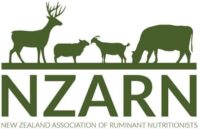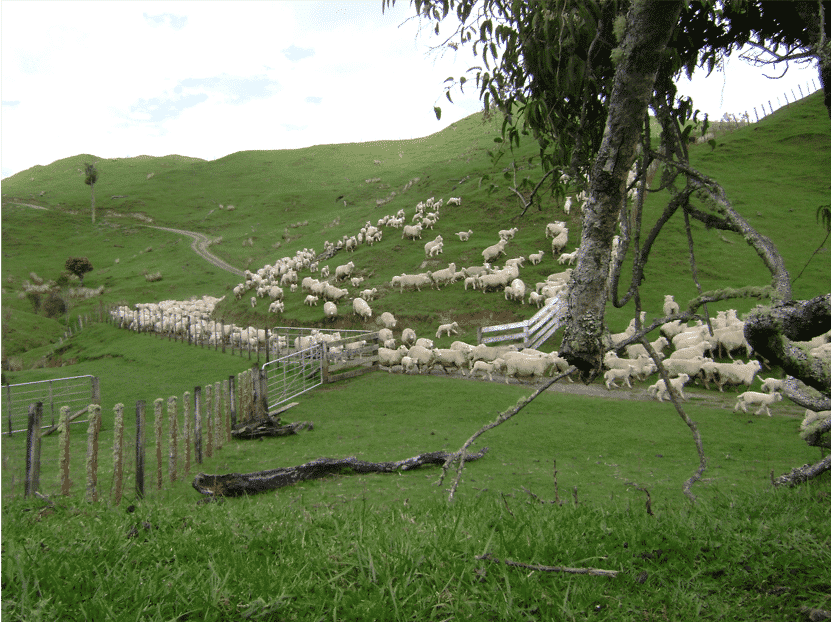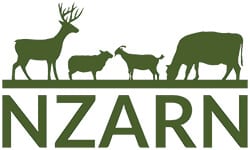Phil Journeaux, Consulting Agricultural Economist
NZ international GHG commitments are:
- 2015 – Paris Agreement to reduce emissions to 30% below 2005 levels by 2030.
- Zero Carbon Bill:
- CO2 and N2O to zero by 2050
- CH4 reduced to 10% below 2017 by 2030
- 24-47% below 2017 by 2050
NZ has a high proportion of GHG from agriculture (close to 50%), different from typical developed countries. A large part comes from ruminants CH4(>70%) and soils NO2 (>20%).
Livestock are a source of CH4 and NO2. Per kg DM eaten 21 grams of CH4 is produced. This is lower at higher feeding levels; e.g. 2x vs. maintenance and with certain feeds (i.e. cereals, forage rape and fodder beet). Some additives reduce emissions; e.g. lipids, monensin, essential oils, garlic. The effect is small and variable. Variation between animals in emissions per unit of intake is linked to rumen size, rate of passage and microbial community structure.
Mitigation options:
- increase animal productivity and efficiency
- additional technologies that reduce emissions
- constraint on total production; move to lower emitting land uses (cropping, horticulture and forestry)
New technologies under development:
- low CH4 emitting sheep (10% efficiency, 2-3 years)
- low CH4 emitting cattle (10% efficiency, 2-5 years)
- CH4 vaccine (30% efficiency, 5-10 years)
- CH4 inhibitors (30+% efficiency, 2-5 years)
Soil carbon – for most NZ pasture on flat to rolling land are at steady state. Some gains on hill country, some practices can decrease it; e.g. cropping and irrigated pasture. Can be protected by decreasing length of time soil remains fallow.
Intensity of emissions by product (kgCO2e/kg product):
- 8.76 per kg Milk Solid
- 14.2 per kg beef
- 23.57 per kg sheep meat
- 19.56 per kg goat meat
- 30.7 per kg venison
Farmax modelling showed that on-farm system change can impact on GHG emissions, but limited: in general: 2-10% reduction, variable impact on profitability (but mostly negative). Each farm is different.
Point of obligation at processor or farm level: Currently under the ETS/ZCB this is at the processor level – administratively easier – processors will pass this on via lower payouts / schedules.
Current plan for agriculture:
- Industry lead initiative with government assistance – a 5 year plan.
- Government will check progress in 2022. If not sufficient – agriculture could come into the ETS with the point of obligation at the processor level.
- If the pricing scheme is not ready for implementation by 2025, agriculture will come into the ETS with the point of obligation at the processor level.
NZARN members a full copy of the presentation is available below if you are logged in.
Non-members looking for more information are encouraged to use our ‘contact a nutritionist’ form and ‘member directory’ to find a member who can help them answer their questions.
If you are a Rural Professional interested in joining the NZARN please see our ‘membership’ section.


